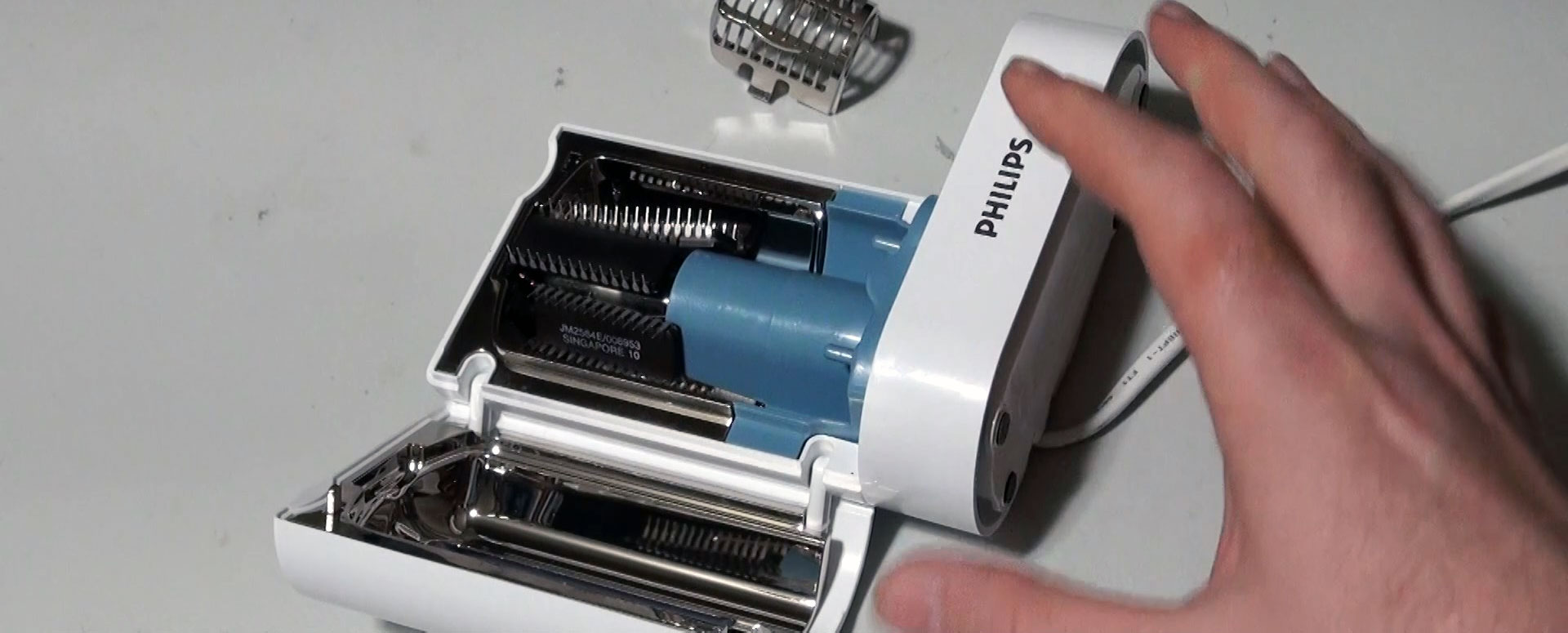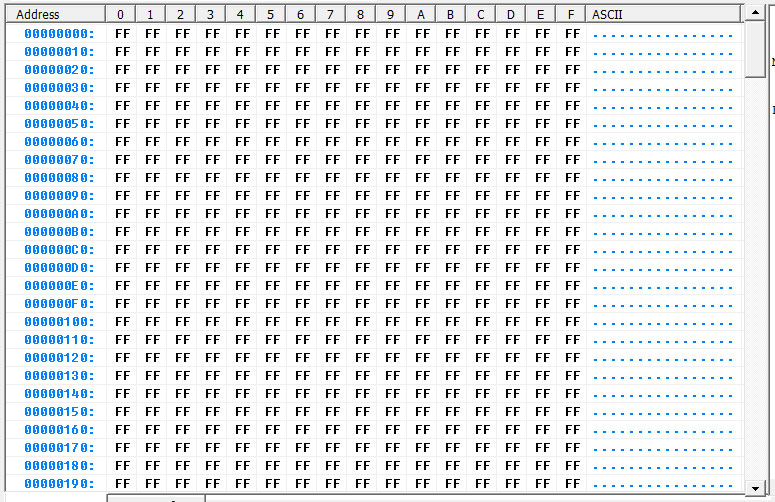One of the outputs from the pandemic has been a surge in cut-rate priced UV cleaners and sanitizers for phones and small devices. You can find them everywhere, often for under $10 new and $5 used. I do a lot of EPROM programming, especially with vintage chips, such as programming new ROMs for my recently restored TRS-80 Model I. To program ROMs requires that they first be erased, which is achieved using UV lighting that, in decades past, involved pricey specialized equipment.
While there are now plenty of dedicated EPROM erasers on the market, I have found the most popular budget ones run from $25 to $40 or more, with questionable build quality and effectiveness. The one I ordered online was made out of a crude plastic molding devoid of any UL certifications or safety precautions. It didn't even come with a drawer handle and had other defects. I found that the integrated light (a 4W F4T5 GL) was also faulty, due to poor solder connections that I had to manually remedy before it would erase chips at all. The timer was also entirely inaccurate and unpredictable.
That got me thinking. If these new devices operate using similar UV-C ultraviolet technology, will they be powerful enough to erase EPROMs as well? In short, yes. Well, some of them at least! I accumulated half a dozen or so devices all for under $8 each, both used and new. I even added in a toothbrush's UV cleaner for good measure. I then tried each of them out, and here were my general findings.
You'll want to find ones that have a minimum of a 10-minute power cycles, or that allow you manual control how long they run. Several of the cleaners I had would only run for five minutes at a crack, which was not intense enough to erase the chips I tried. Even with dedicated EPROM erasers, 10 minutes is a reasonable expectation of threshold of time needed for proper erasure of common chips.
For maximum reliability, you'll want to find cleaners that allow you to prop the UV window of the chip up as close as possible to the bulb itself. On the Phonesoap L500-1 that I got for $3 at a thrift store, the top half of the case allows direct contact with the bulb. So, you can turn it upside down and load a row of chips with their windows touching the bulb, close it up and it'll run automatically for 10 minutes, which I found fully erased every chip I tried. Since the device has two UV bulbs — one at the top and one at the bottom — you could in theory cut out the plastic floor and then double-stack the chips leg-to-leg for twice the capacity with the windows facing each bulb directly. But, I found that chips placed outside the direct vicinity of the bulbs in these cleaners, even half an inch away or so, did not get enough UV intensity to guarantee erasure after 10 minutes.
The PhoneSpa portable UV wand was another effective and cheap solution. This one does not have an automatic shutoff and is USB-rechargeable, so I was able to rest the wand on a row of EPROMS for 10 minutes or so and then manually shut it off, while confirming the chips had been erased. For stubborn chips, this device is convenient because you can run it as long as needed.
Avoid the cleaners that do not use full-length fluorescent-style tube bulbs. I found that the ones with small LED-sized lights do not have enough surface emission to cleanly erase chips, or require extreme precision placement to do so. And while many of these devices don't divulge the specifics of their lights they use on the packaging, you should try your best to find ones that assure it is UV-C with at least 3 watts of power.
As a final experiment I dug out an old Philips Sonicare HX6160 toothbrush sanitizer. This uses a 4W concentrated UV bulb meant for brush heads, and has a 10 minute timer. I found that this to be very effective for erasing chips as well, as long as the chips are placed with their windows directly facing the bulb tip itself. This gave me an idea for a 3D-printed adapter of sources that could mount several EPROMs on the base to always be aligned with the bulb, but I haven't had time to pursue that just yet.
In conclusion, I did find that many of the $5-10 UV cleaning stations can easily double as makeshift EPROM erasers at a fraction of the price. They also tend to be structurally higher quality, at least compared to the self-described EPROM eraser and budget I purchased for more money online.










